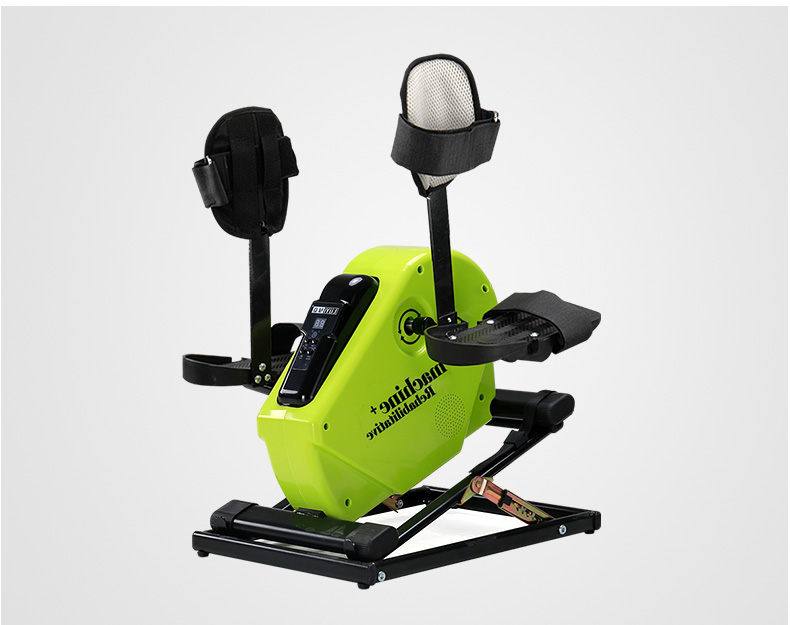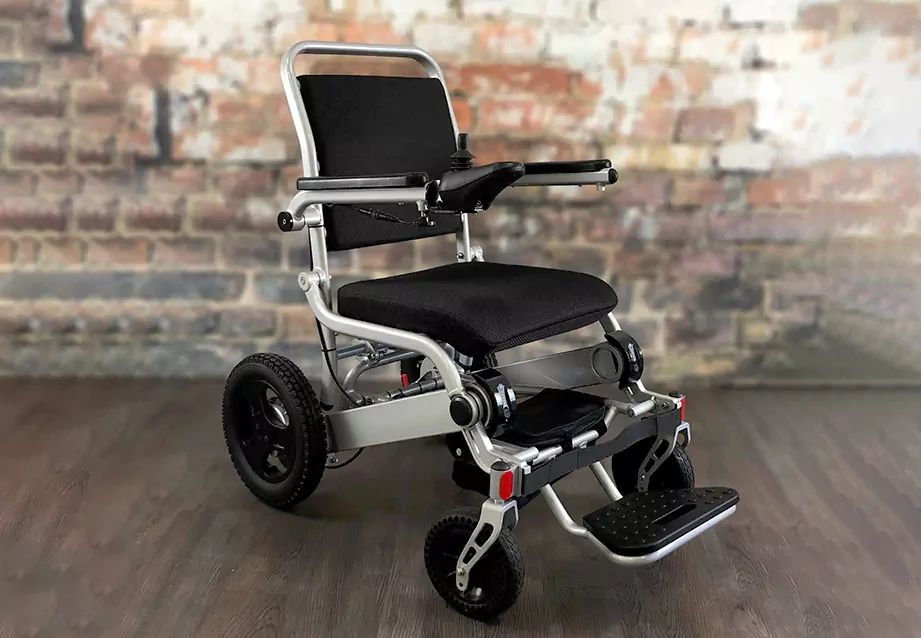Are you or someone you know in the process of rehabilitation and looking for a wheelchair? Whether it’s due to an injury, illness, or disability, choosing the right wheelchair is crucial for both comfort and mobility. But with so many options out there, how do you know which one is best for your specific needs? In this blog post, we’ll guide you through what to look for when buying a rehab wheelchair as well as tips on how to use it and make the most out of your rehabilitation experience. Let’s dive in!
What to Look for When Buying a Wheelchair
When it comes to buying a wheelchair, there are several factors to consider. The first thing you’ll want to think about is the type of wheelchair that will best suit your needs. There are manual wheelchairs, which require the user to move themselves forward using their arms, and electric wheelchairs, which are powered by a motor.
Another important consideration is comfort. You’ll want to make sure the seat is padded and supportive enough for extended periods of use. Adjustable armrests and footrests can also help improve overall comfort.
The size of the wheelchair should also be taken into account. Make sure it’s wide enough for your body but not so wide that it’s difficult to maneuver through doorways or tight spaces.
Weight capacity is another crucial factor when choosing a rehab wheelchair. Be sure to check the weight limit before making your purchase.
Cost may be a significant consideration for some individuals. While high-end models come with more features and improved functionality, there are many affordable options available as well.
How to Use a Wheelchair
Using a wheelchair may seem daunting at first, but with some practice and guidance, it can become second nature. Here are some tips on how to use a wheelchair:
Firstly, adjust the chair to your body by ensuring the seat height is appropriate for you. Your feet should be able to touch the ground comfortably while sitting upright in the chair.
Once seated properly, familiarize yourself with the different parts of the wheelchair such as brakes and footrests. Practice engaging and disengaging them until you feel confident.
To move forward or backward, push on the hand rims located on either side of the wheels. Remember to keep your hands positioned correctly so that you don’t accidentally hit something in front of you.
Turning can be tricky at first but involves pushing one wheel ahead of another in your desired direction. It takes time to master this skill, so don’t get discouraged if it doesn’t come naturally right away.
Always consider safety when using a wheelchair. Be aware of obstacles in your path and avoid steep inclines or declines that could cause accidents.
By following these tips on how to use a wheelchair properly, you’ll have more confidence moving around independently and safely!
Rehabilitation Tips for Those in a Wheelchair
Rehabilitation is a crucial aspect of living with a wheelchair. It’s important to keep your mind and body healthy, as well as maintain independence. Here are some rehabilitation tips for those in a wheelchair:
First, staying active is essential. Engage in regular physical activity like stretching, cardio or weightlifting to keep your muscles strong and reduce the risk of injury.
Secondly, seek out occupational therapy sessions that can help you adapt to everyday tasks while using the wheelchair for more extended periods efficiently.
Thirdly, take care of your mental health by engaging in activities you enjoy such as reading books or listening to music. Don’t hesitate to seek counseling if necessary.
Fourthly, ensure proper nutrition by eating a balanced diet rich in fruits and vegetables with protein intake from lean meats or plant sources.
Stay connected within the community – socializing regularly can boost one’s mood and overall wellbeing. Join support groups or online communities where people share similar experiences.
Conclusion
To sum up, a wheelchair can be an essential tool for those in need of mobility assistance. When purchasing a wheelchair, it is crucial to consider factors such as comfort, durability, and ease of operation. Once you have your wheelchair, proper usage is key to avoiding injuries and maximizing its benefits.
Rehabilitation after illness or injury can be challenging but remember that a wheelchair does not mean the end of independence or quality of life. With patience and perseverance, you can adapt to using a wheelchair and continue leading an active lifestyle.
Furthermore, incorporating rehabilitation exercises into your routine will help improve strength and flexibility while reducing the risk of complications associated with prolonged sitting.
Always consult with healthcare professionals for personalized advice on how best to use your rehab wheelchair for optimal results.





